
Stephen Anthony Davids is a London-based graphic artist whose idiosyncratic and eclectic output occupies a space that lies somewhere between the fairly disparate entities of David Shrigley and Jean Michel Basqiuat, while sometimes communicating an inner dialogue that owes much to the tradition of outsider art. His bold portraiture explores black identity, and he often makes wry observations on daily life, masculinity, class and social history. Davids has exhibited extensively in London, New York and Europe, and is best known for his distinctive drawing graphic style and characteristically charming works made from found objects. Here, the artist, who devotes much of his energy outside of his studio to introducing under-privileged young people to the healing power of art, talks to Collective Culture about staying true to your signature, and the joy of breathing new life into something forgotten.
Where does your creative drive come from?
It was always a communication thing, because I was quite a nervous and introverted kid. When I was 10 years old, a teacher told me I had a very strong line. I didn’t understand her at the time, but as I've gone on, I've always been told I've got a very strong graphic element in my work. I used to collect MAD magazine as a child, and I just loved the way it was illustrated–there was something about a black and white graphic line that totally resonated with me. When you draw, it's no different to someone who writes–it's just that you're very pictorial in your communication. I’ve always remained very interested in the way children draw because it's not intent–it's just a freedom of expression–an application of line. I've never been to art school, and I think sometimes you can be taught too much–you can't be taught your signature; your identity. How you apply line is something that's kind of an intrinsic form of expression.
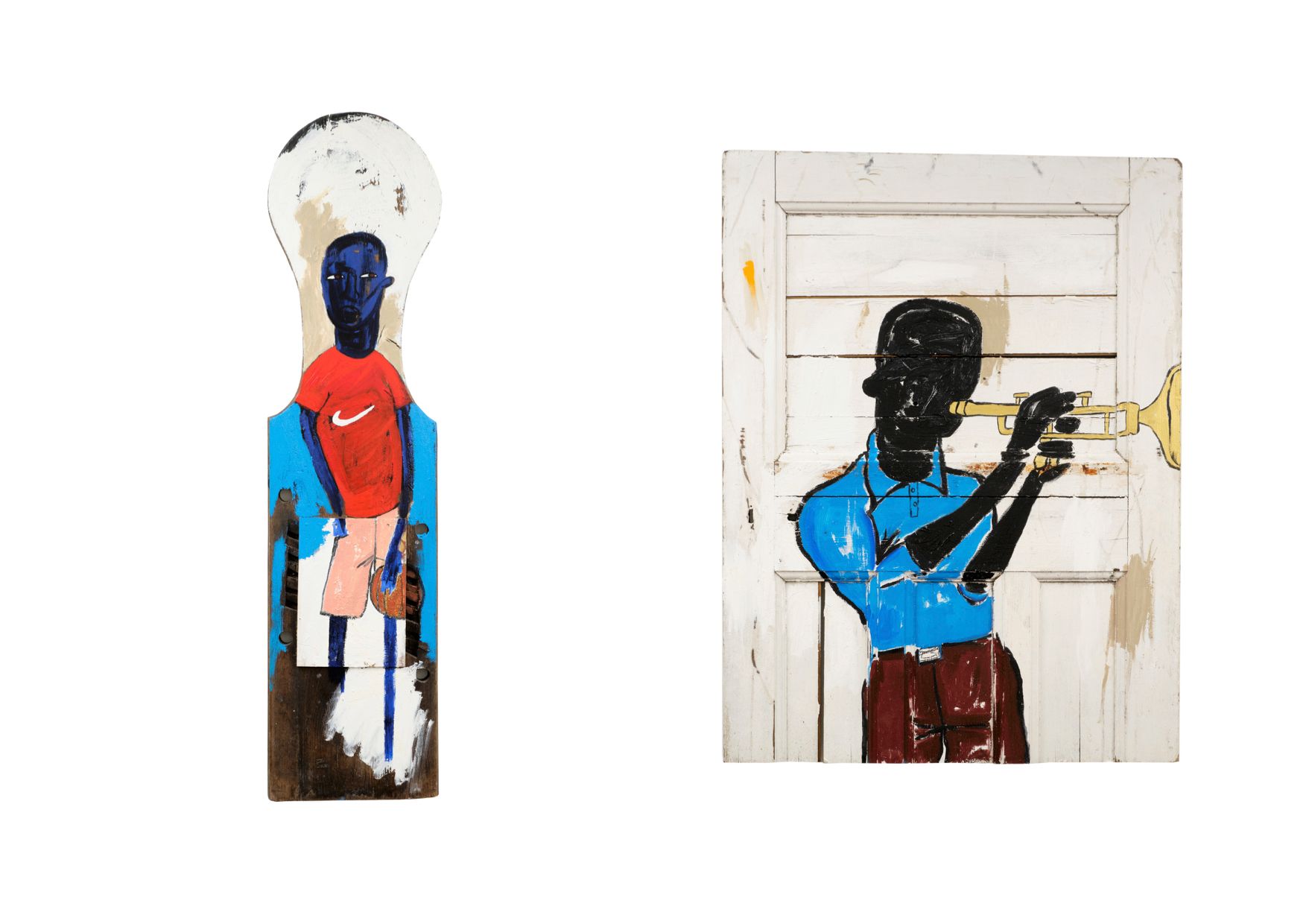
What would you say you are trying to communicate?
I think as an artist, your brain is like a sponge, so you're always absorbing stuff and wanting to make an art piece out of that experience-it’s the introvert/extrovert paradox. On a personal level, what I make is all really tied up in my identity, but overall, I want to convey a dialogue and evoke an emotion in the viewer. I would say on one level some of my work is very self-explanatory, but there's always a subliminal context that is core to my identity in the process of making. So, when I am creating, I'm making a statement, but just as much, I'm actually exploring a lot about myself within the work. It's often humorous, but it's not funny in the David Shrigley sense, because his stuff is more about satire. I'm using humour more to pose a question in the viewer.
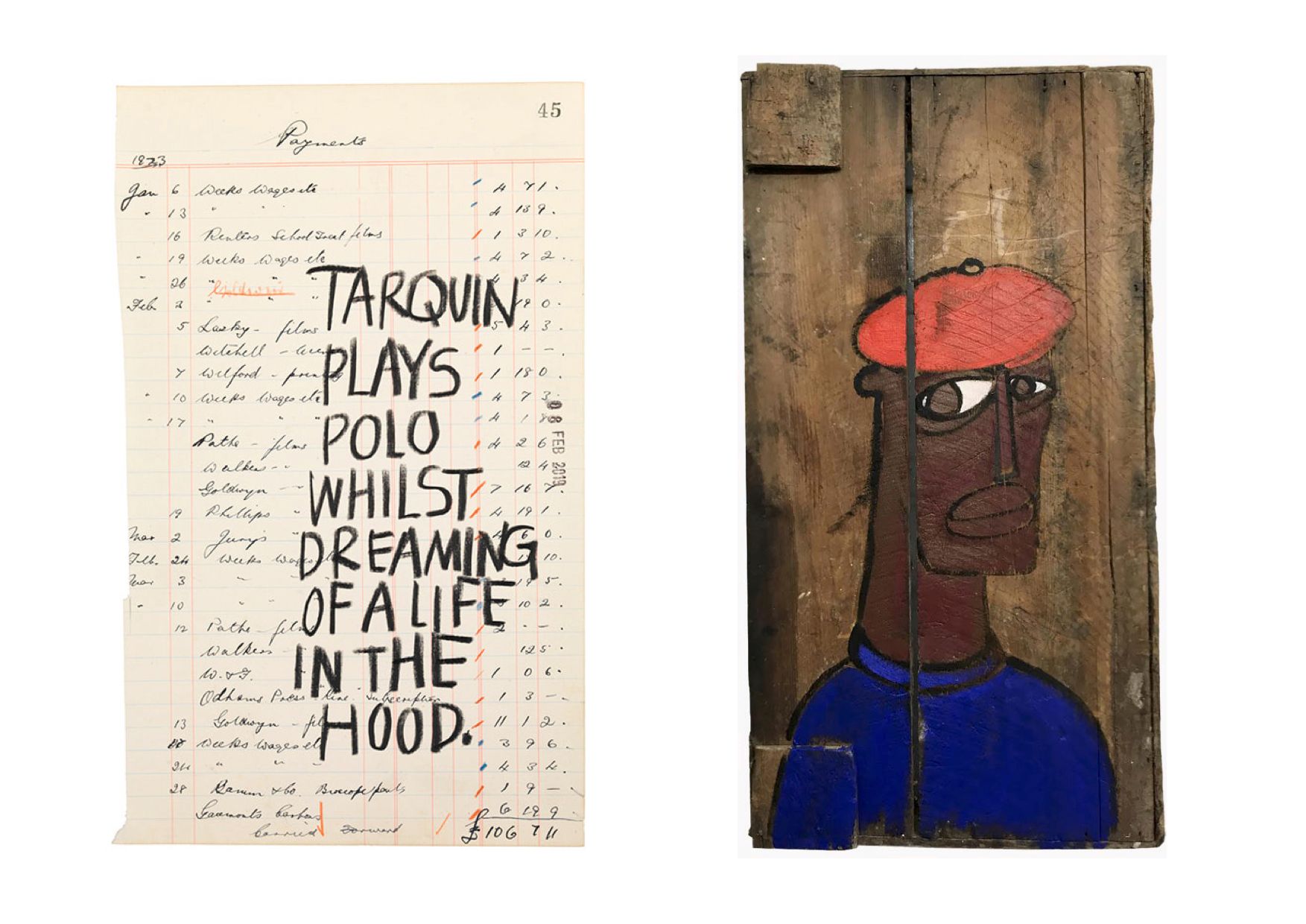
How do you think the pandemic has re-wired society?
The pandemic has re-wired those who have the ability to be reflective and draw on the positives of such an event. I'll explain what I mean. The culmination events of BLM impacted globally on issues of black identity, black culture and black awareness, and the subsequent overflowing of self-reflection triggered a tsunami of confused suppressed emotions. The pandemic similarly laid bare the fragility of life and triggered anxieties that I had not felt before, yet it also forced me to delve into my resource tank and fight. I found this both empowering and challenging, but also humbling.
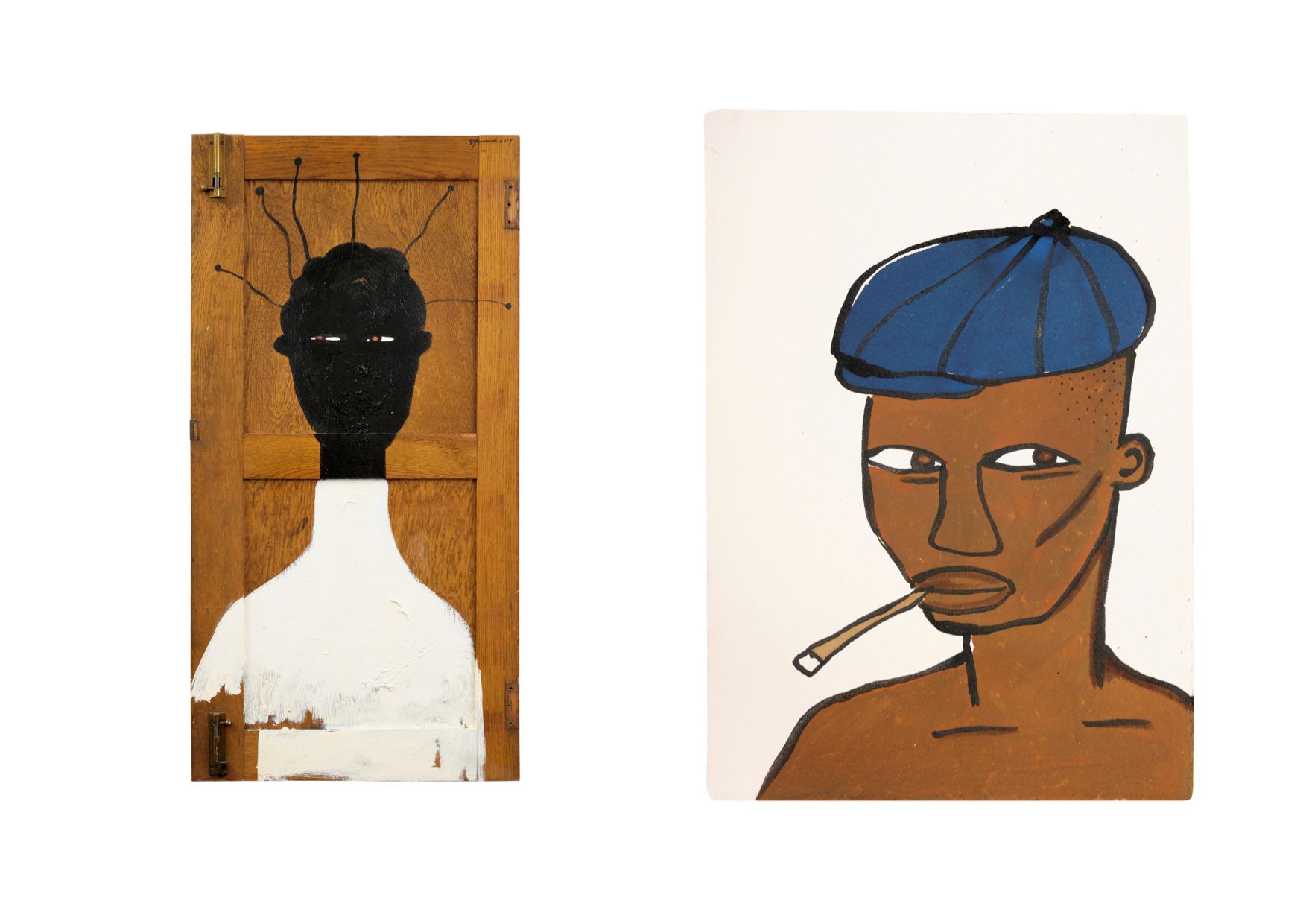
In what sense was it challenging creatively?
The fear of potential death forced me to dig deep and focus in a way that created immediate positive change. I think at the height of the lockdown in 2020 there was a collective sense of oneness and unity, and this felt great as we were having a similar shared experience, but this was short lived.The pandemic in itself bought a fear which happens in a crisis and with that came conspiracy theories and confusion. Yet, it also showed the crude reality of the fragility of life and people – it highlighted everything good and foul about humankind.
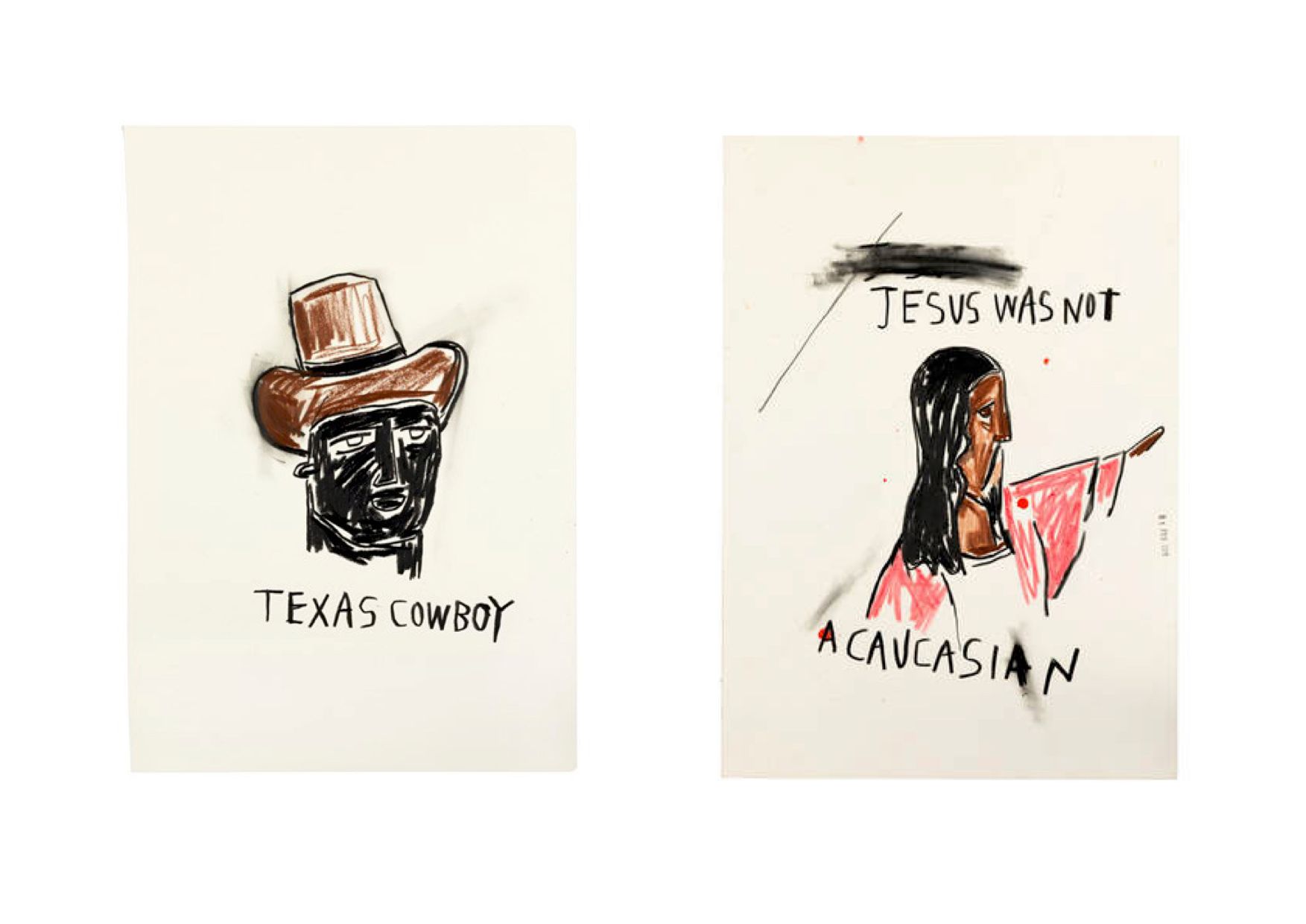
Talk to us about your work with found objects…
When I am looking for a found object, I'm looking for the most obscure piece of wood that I can actually work on based on the form and the image, and, in a way, I would say the piece actually finds me, because when I see it, I'll see a person. I'm very interested in the respect of wood, because wood is one of the oldest materials we have, and I think working with it taps into my deepest subconscious. I really respect and appreciate the age and the beauty of wood, and I work with the subtlety of the natural design to bring out the texture of the wood, and the paint. I will, for example, allow the accidental drip of paint in a work, and allow it to just sit there, and just go with the flow of the canvas or the object, as opposed to, you know, being very neat. I love the sense of breathing new energy into something forgotten.
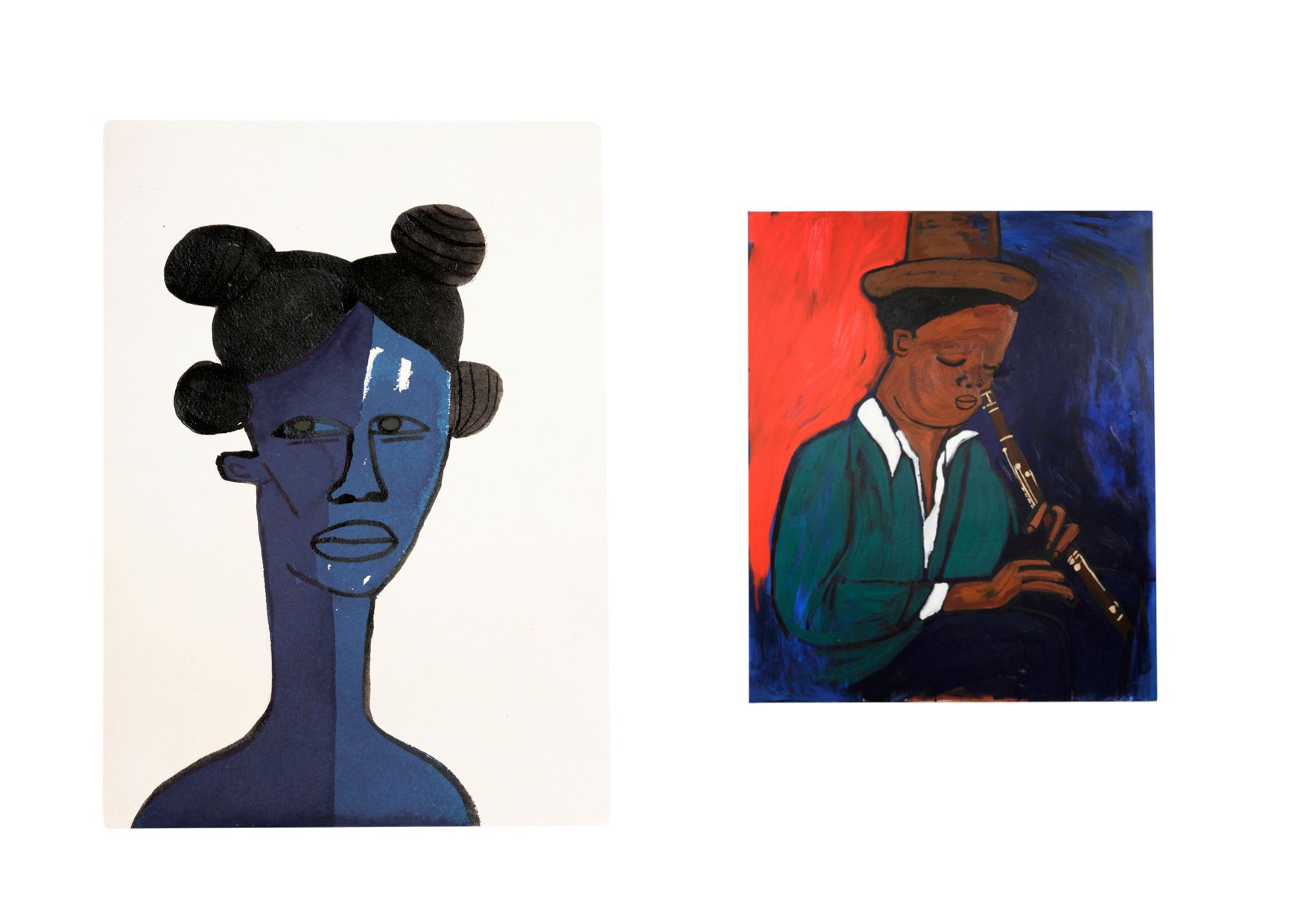
What are you working on right now?
I am working on a book project with a publisher that will be based on the last 20 years, and will be a showcase of my work as an artist. I am working with an excellent designer who does work for the Hayward Gallery, and who recently designed the book for the Mixing it Up: Painting Today at The Hayward Gallery exhibition. I am also preparing work for a solo show in New York in September 2022, and I will be launching my own publishing house in Spring 2022, which will be solely for my works on paper, limited-edition prints and limited-edition art books. I have been working on larger scale works in oils, and doing lots of drawings and works on paper. I am also involved in several art projects involving public art. Creatively, a goal I have set for myself in 2022 is to travel in Europe and, using my Rollieflex camera, do more street photography.
Find out more at stephenanthonydavids.com